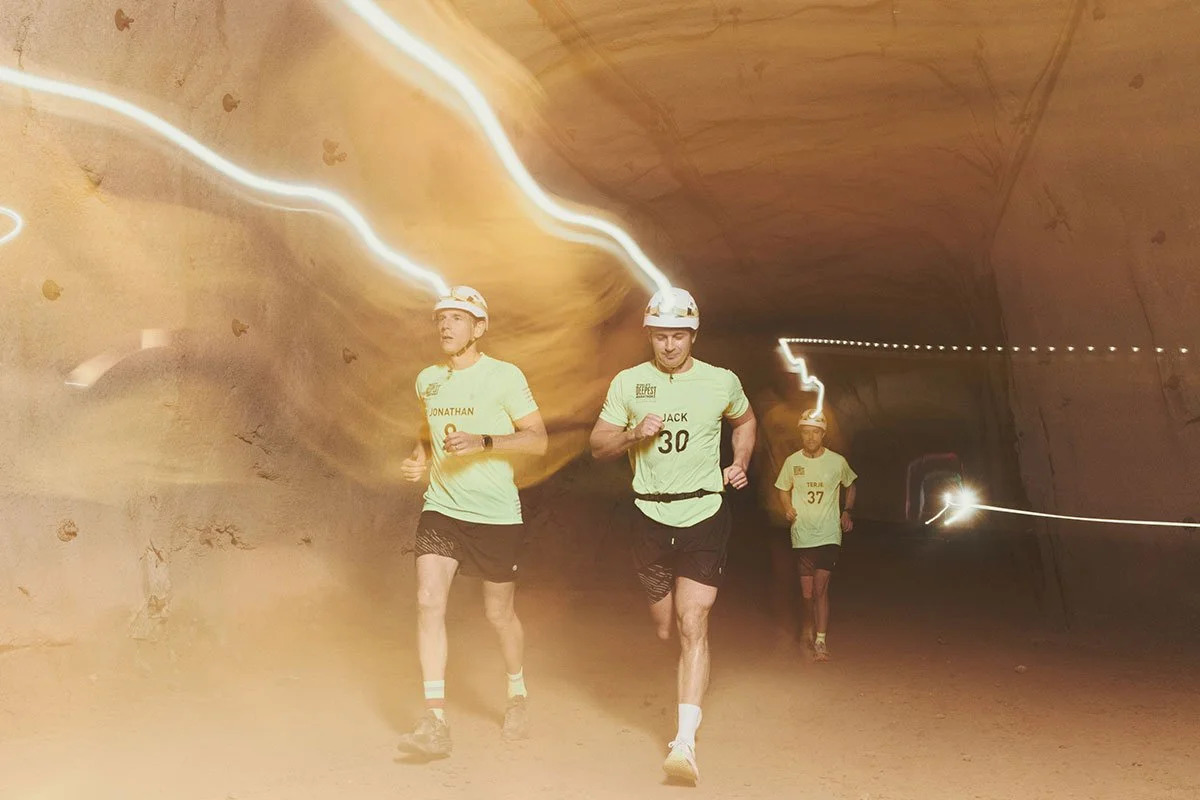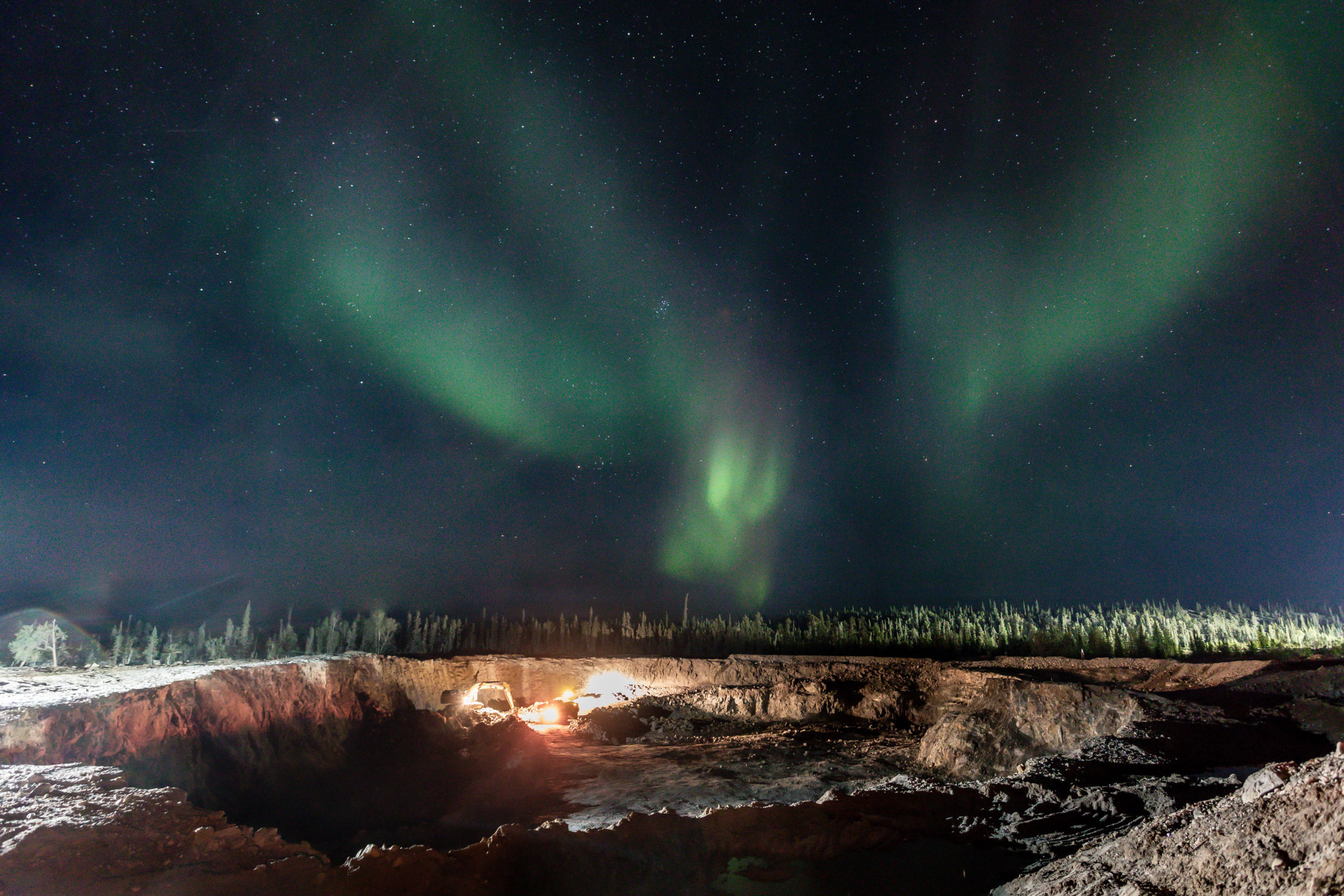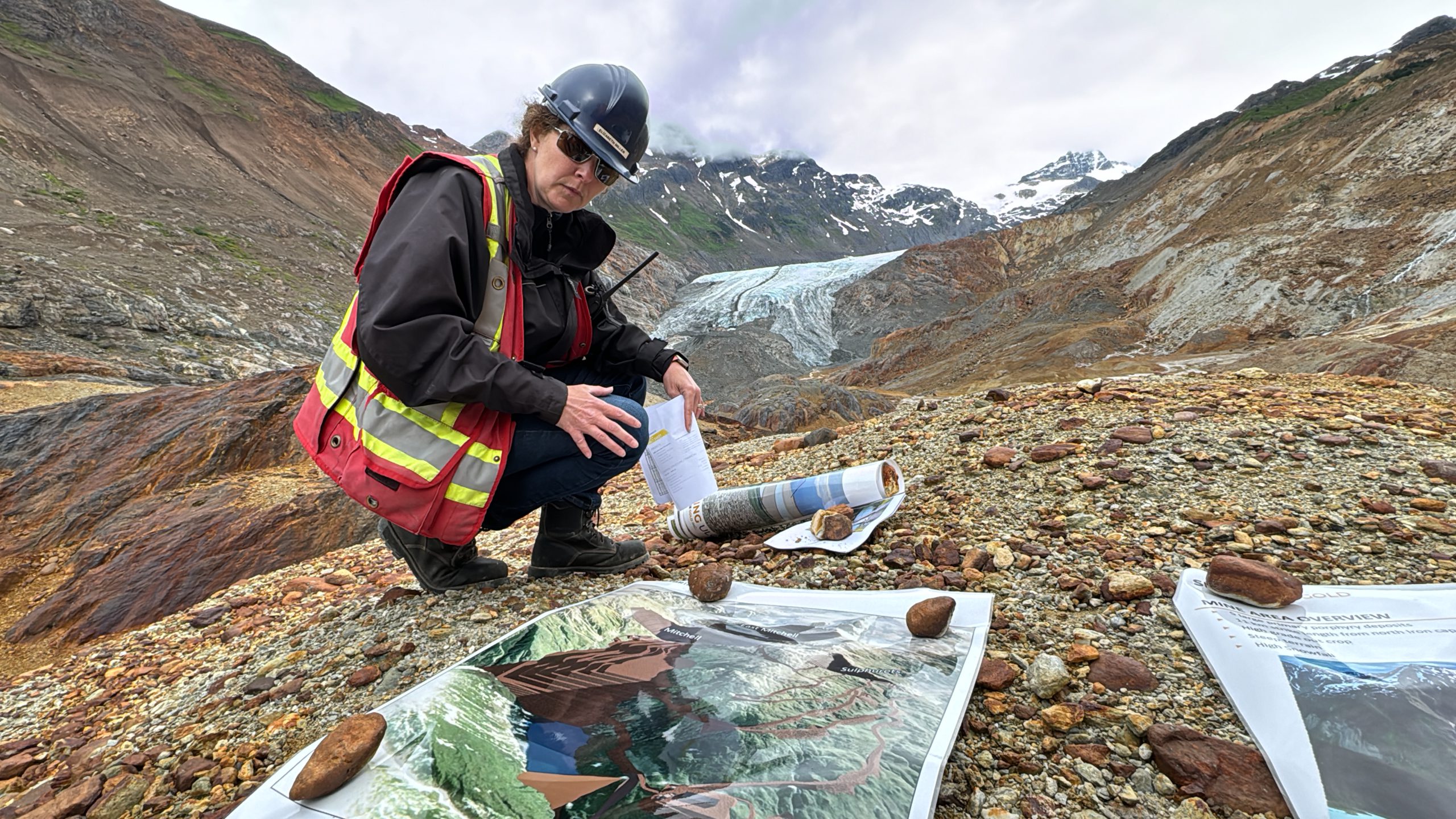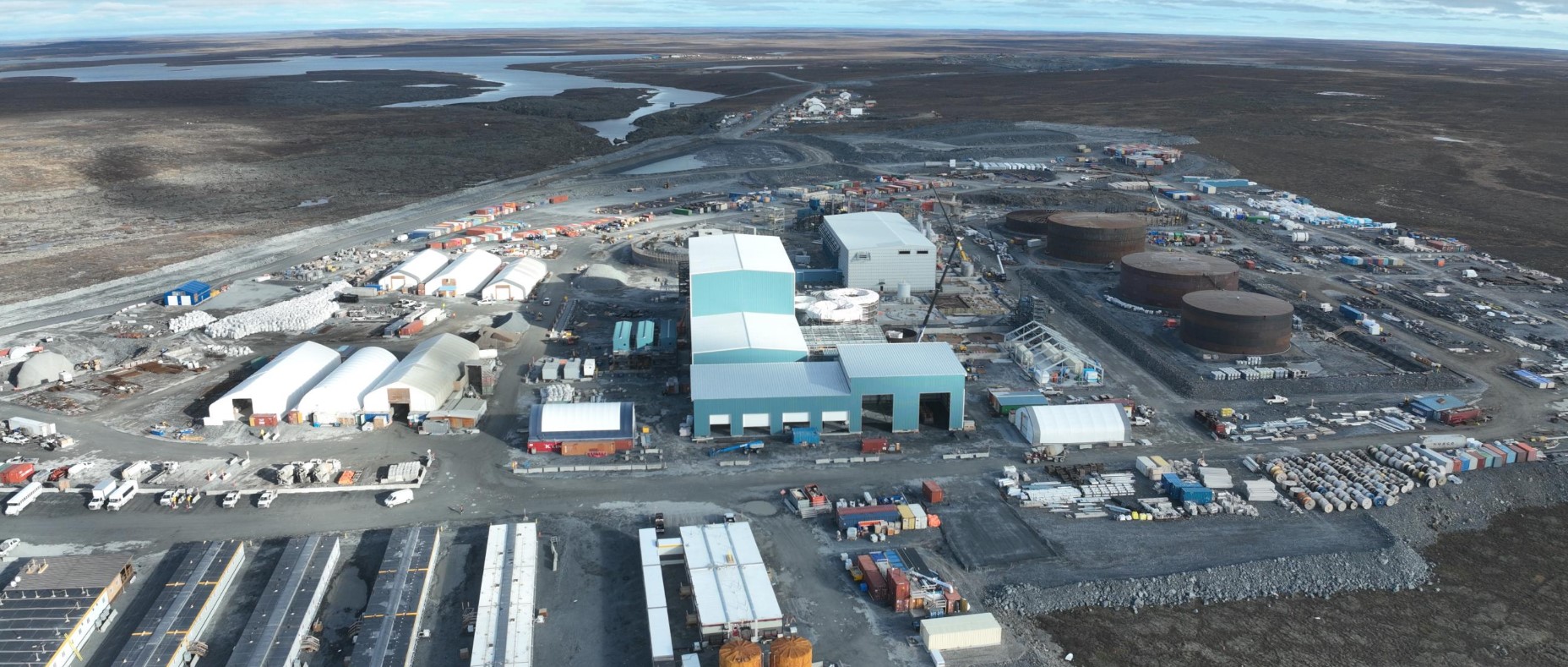“To date, water treatment methods at mining sites have focused on decontamination by precipitation, which requires large amounts of chemicals such as lime, and represents a heavy carbon footprint,” Mikko Hänninen, Weeefiner CEO, said in a media statement. “This process also produces sludge that contains contaminants and represents a further disposal challenge. At Weeefiner, our highly selective 4D Scavenger technology is designed to target and extract dissolved metals for reuse, which significantly reduces the downstream water treatment burden. Mining sites will be able to use the IRU to produce sustainable raw materials while simultaneously meeting regulatory requirements.”
Sensmet, on the other hand, will put to work its µDOES analyzer, which provides real-time, simultaneous quantification of dissolved metal concentrations, such as Ni, Co, Li, Mn and Cu in hydrometallurgical processes and mining waters.
The system has been designed to streamline the measurement process with comparable analytical performance to laboratory inductively coupled plasma optical emission spectroscopy but with the robustness required for continuous and fully automated industrial process monitoring.
“The µDOES enhances the IRU by measuring metal concentrations both before and after 4D Scavenger treatment, enabling automated process optimization,” the release states.
Sensmet CEO Toni Laurila pointed out that the µDOES analyzer has previously demonstrated the advantages of real-time analysis of metal concentrations in battery recycling and production processes, resulting in increased efficiency, lower costs, higher output, and improved product quality.
Weeefiner and Sensmet are now working with Rio Tinto to develop a solution that can be deployed in the field. Initially, synthetic water will be treated at research facilities in Finland to demonstrate the effective monitoring and removal of key metals such as copper, cobalt and nickel. Once the removal of these elements has been proven to be effective, Rio Tinto will supply samples from closed mining sites that will undergo a similar assessment.
After the mineral extraction from mine water concept has been proven in the laboratory, pilot units will be developed for initial evaluation at two closed mine sites.
“This is one of our most exciting innovation projects, and we are hopeful that it will enable us to recover strategic metals that would have otherwise been lost,” Nick Gurieff, principal adviser for closure research and development at Rio Tinto, said. “We will track measures such as the recovery cost of one kilo of copper, for example, and this will allow us to determine whether this new technology could be self-funding. However, that is not the primary objective; if we can effectively remove metals, the environmental challenge will be lowered and subsequent treatment downstream will be that much easier.”
In Gurieff’s view, by recovering strategic metals such as copper from waste, the IRU project will likely contribute to a more circular economy and improve the availability of battery metals as the world decarbonizes its energy and transport infrastructure.




